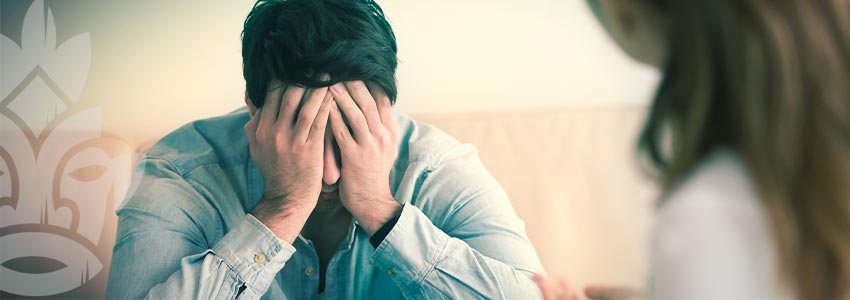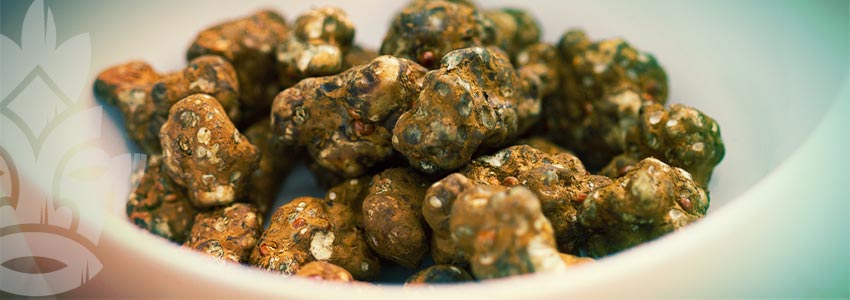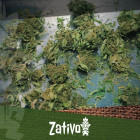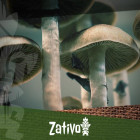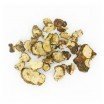Don't have an account?
Register NowYou have to add to cart at least 5 bottles or any program to make checkout.
- BlogHow To Prepare For Any Psychedelic Experience
How To Prepare For Any Psychedelic Experience
Published: December 12th, 2019
Categories:
How To • Magic Mushrooms • Plants and Seeds
Experienced psychonauts know about the importance of “set and setting” when going on a psychedelic trip. After all, these two factors can literally make the difference between a good trip and a not-so-good trip. But what exactly does set and setting mean? And is there anything else you should consider before tripping? Find out how to prepare for any psychedelic experience in this guide.
SET AND SETTING: WHAT DOES IT MEAN?
Timothy Leary first introduced the term “set and setting” in his 1964 guide to taking psychedelics The Psychedelic Experience: A Manual Based on the Tibetan Book of the Dead. “Set” is short for mindset, which is the mental state someone brings into an experience, such as their mood, feelings, thoughts, and expectations. The “set” also includes someone’s physical state, as bodily sensations are normally amplified during a psychedelic trip.
“Setting” describes the surrounding physical and social environment. Surroundings that are unfamiliar, stressful, or otherwise unpleasant can catalyse a negative experience and lead to a bad trip. Both set and setting are key to successfully navigating the psychedelic experience. A familiar and comfortable setting alongside a positive state of mind will more than likely result in a pleasant experience.
Keeping in mind what we’ve learned about set and setting, below is a list of essential factors to consider before embarking on any psychedelic experience.
“SET” YOURSELF UP FOR SUCCESS

If you’re in a happy and positive mood with no stress or negative emotions, it's likely that your trip will reflect and amplify those good feelings. If, on the other hand, you go into an experience with anxiety, stress, unsolved problems, or other negative emotions, it will likely make for a bad experience. Here’s how to prevent the latter.
PSYCHEDELICS ARE NOT PARTY DRUGS
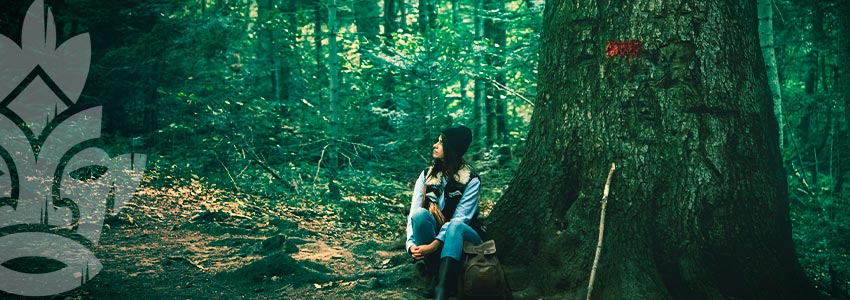
Psychedelics are consciousness-expanding drugs, and not always mood-lifters or “party drugs” like alcohol and stimulants. Those new to psychedelics may see them as such and use them irresponsibly, culminating in an unenjoyable or downright bad experience.
People with certain mental conditions, for example those with anxiety disorders, bipolar, or schizophrenia, should steer clear of psychedelics, especially in risky social settings.
“GO WITH THE FLOW AND ENJOY THE SHOW” — DON’T TRY TO CONTROL YOUR EXPERIENCE
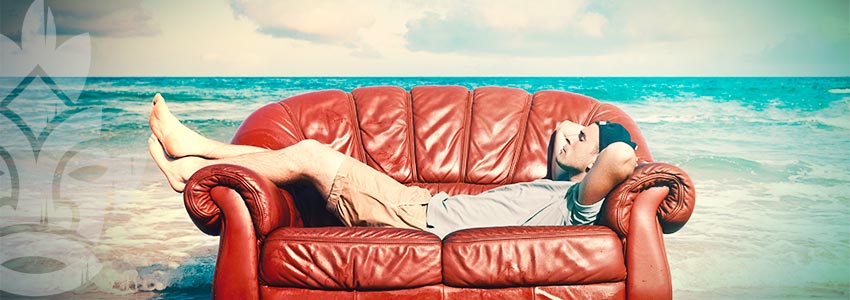
A mistake that some users make with psychedelics is trying to control how they feel during their trip. They may get overwhelmed by the experience, resulting in anxiety and a desire to mediate the physiological phenomena happening inside their body and mind. But it is important to relax and let things happen as they will. By rolling with the punches this way, you can actually decrease some of that trip anxiety. Take note in the coming days and weeks before your trip that the experience might not make sense or might make you uncomfortable. Don’t overthink things and try not to get worked up. The best piece of advice is to “go with the flow and enjoy the show”. If any uncomfortable moments arise, remind yourself that you’re on psychedelics, and that any negative feelings will soon pass.
DON’T TRIP WHEN YOU’RE SICK OR TIRED
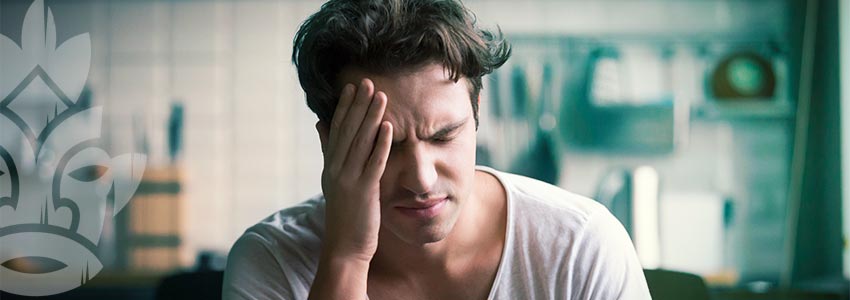
Your mindset is one part of the “set”, and your body is the other. If you’re feeling tired, sick, or happen to be in pain during a trip, this can be amplified to such an extent that it'll render a bad experience. Injuries and pain in particular can be an issue, as psychedelics can greatly enhance your awareness of bodily sensations. So, rather than providing relief from pain or injury (what someone with no psychedelics experience might assume), chances are your trip will have the exact opposite effect. If you’re not feeling well, it’s usually better to wait until you're back to baseline before embarking on a trippy adventure.
SETTING IS EVERYTHING
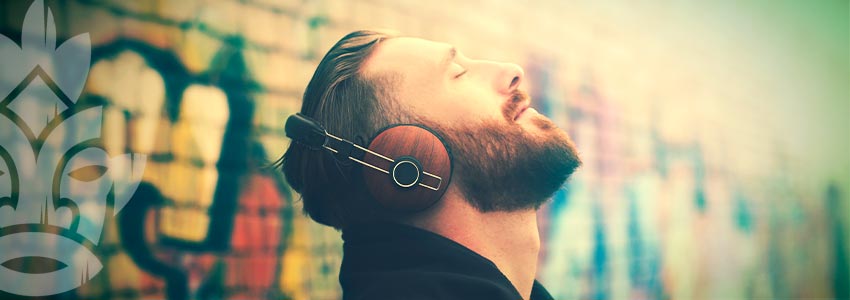
As mentioned above, “setting” encompasses factors related to where you are physically, and who you’re with. You can control your set to some degree—i.e. your mental and physical state—but setting allows you even more control over the experience, so don’t underestimate its importance. Only take psychedelics at the appropriate place and time, with the appropriate people. What does this mean? It differs depending on the individual; but in a word, you should always feel safe.
Make sure to stay clear of any negative elements in your surroundings that could bring on negative thoughts (people or things), and consider whether you’re planning to trip at home or somewhere else. Moreover, what you do with your time while tripping falls into the “setting” category as well. Watching a scary movie or listening to jarring music during your first deep dive into your psyche could prove more traumatic than interesting.
PREPARE YOUR SETTING — GET RID OF THE “BAD VIBES”
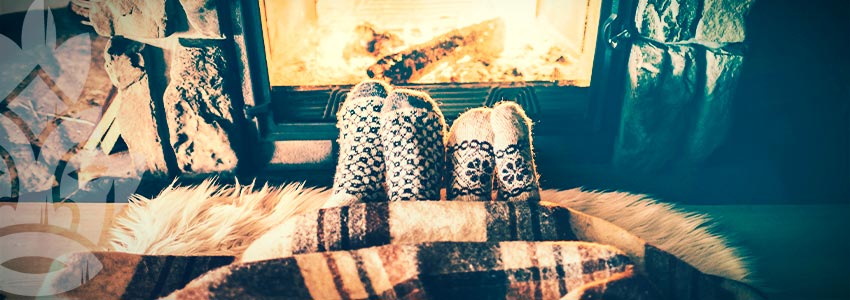
As any bad vibes can negatively affect your trip, you can do a little prep work to make your surroundings as pleasant as possible. If you’re at home, you can set up the music and lighting to be as comfortable as possible. Same goes for the furniture. Lots of blankets, pillows, and comfy things make for a more enjoyable experience. Also, consider other places you could chill, such as a patio or backyard, that can provide some solace if you get overwhelmed or desire a change in scenery.
When it comes time to deciding who to trip with, make sure not to invite anyone who is going to require a lot of emotional work, and don't invite anyone you deem to be cruel, inconsiderate, or completely unfamiliar with psychedelics. The best group trips are those that take place in the company of good, trustworthy friends.
GET A TRUSTED TRIP SITTER
Although you don’t want to trip with people who don’t know or care about the psychedelic experience, that doesn’t mean it’s bad to have a sober person around. Having a trusted trip sitter is recommended for all users of psychedelics, especially so if you’re a newbie or want to push your boundaries. A good trip sitter has some experience with psychedelics, but will remain sober as you trip. These people know exactly what you are experiencing and can help bring you back to Earth if necessary. A good trip sitter can also help you make small changes to your surroundings to keep the positivity flowing.
DON’T TRIP IN PUBLIC IF YOU’RE NEW TO PSYCHEDELICS
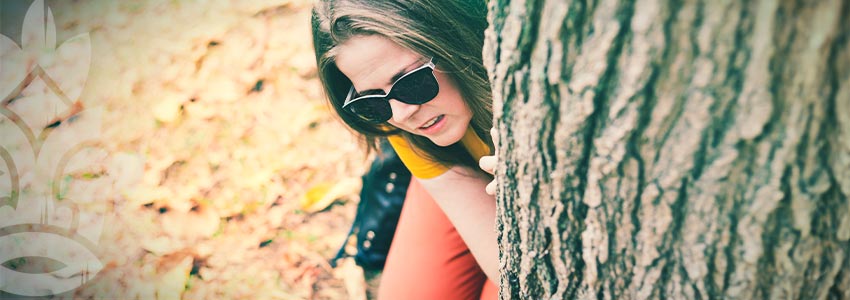
Tripping in a public park, cinema, etc. is not recommended for those still new to psychedelics. Although it may be tempting, it’s best to stay close to home or another trusted space, only venturing out into your immediate surroundings, such as a backyard. This will make for a much more relaxed atmosphere that you can maintain more control over—a comfy bed and soothing music needn’t be far away. The issue with being out in public is that you can’t control a lot of things. Even experienced psychonauts can be led astray when tripping at parties and other events with a lot of stuff going on. You should only try this if you’re used to tripping in public and around many unknown variables.
TAKE THE PROPER DOSE
Aside from set and setting, there are other factors that can have a huge impact on how your trip will play out. One of them is, of course, how much of any chosen psychedelic you’re taking. Since the type of trip you'll experience will depend on the substance, you will have to make yourself familiar with the proper doses for the effects you long for. Also, if you’re frequently taking psychedelics, make sure that you allow a break of 2–4 days between trips—at the very least. If you don’t allow for periods of abstinence, your body will develop a tolerance, requiring increasingly higher doses to achieve the same effects.
AFTER YOU TRIP: NOTE DOWN YOUR EXPERIENCE
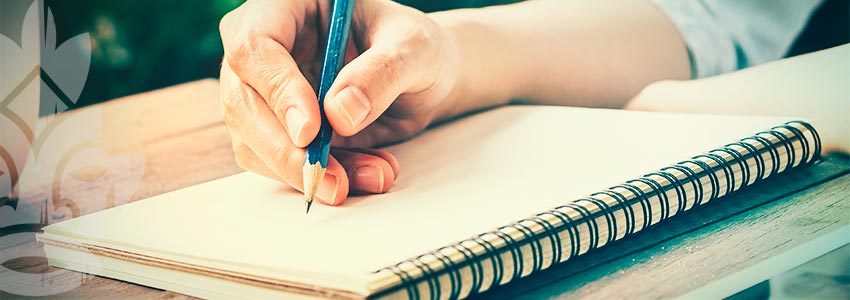
Psychedelic experiences can be profound and life-altering. An extraordinary trip on shrooms or truffles can help you see things in a new light, and may even catalyse positive changes in your life. If you note down your emotions right after your experience, this can be a great help so you can reflect on what went down during your trip. Maybe you couldn’t make sense of some things in the moment, but later on when you review your notes, you may develop a new understanding of what you experienced.


